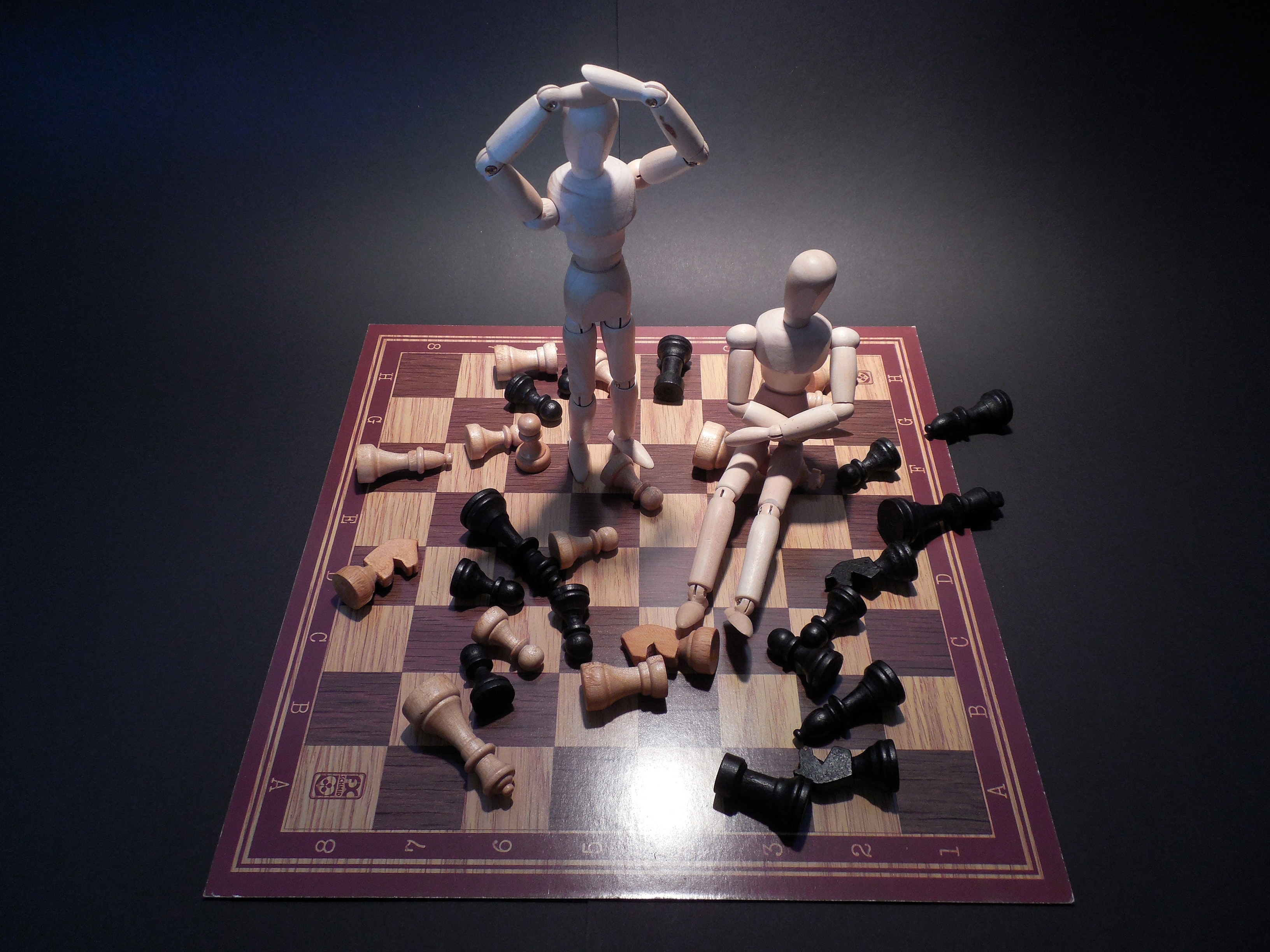Stereochemistry Activity

At a Glance
Discipline
- STEM
- Chemistry
Instructional Level
- University
Course
- Organic Chemistry
Tasks in Workflow
Social Plane(s)
- Individual
- Group
Type of Tasks
- Solving problems
- Writing
Technical Details
Useful Technologies
- Molecular Model kit
- camera, cell phone or laptop (device to take pictures)
Time
- Multiple class periods (2-3 classes)
Instructional Purpose
- Application & knowledge building
- Consolidation & metacognition
Overview
The aim of this activity is for students to visualize organic molecules and understand how to convert from a three dimensional model to a two dimensional drawing. The types of structural representation used are: Fisher projections, Newman projections and perspective formulas.
In class 1, a lecture is completed introducing stereochemistry with the objective of understanding how to assign absolute configurations to chiral carbons. (The lecture covers: R/S configurations on chiral centres and molecules containing 1 or 2 chiral centres). Enantiomers and diastereomers are also introduced in class 1.
Just before the Class 2 starts, the instructor sets up the active learning classroom.
There are 7 tables, each with 3 wings; at each wing of the table, the instructor sets up a list containing the IUPAC names of 2 different molecules (for a total of 6 different molecules per table). Each different table will have instructions to draw a molecule using one type of drawing and then convert to a different type for combinations of the following: Fisher Projection, Newman Projection, or 3D structure (6 different possibilities total); for example, at one table, students can be asked to convert from Fisher Projection to 3D structure (or vice versa).
At the beginning of Class 2, students divide themselves into groups of 2 to 4 and 1 group sits at 1 wing of a table.
The instructor gives a mini lesson on drawing a few using 3D models (using the organic chemistry building kit). This is done by showing the 3D model using a video recorder that is projected onto the wall. Note that the Fisher Projections has not yet been taught; students will teach themselves by doing this activity.
Each group works the together to build a 3D model of both molecules they are assigned using their organic chemistry building kits.
Students then work together to draw a molecule using one type of drawing and then converted to another (whichever combination was assigned to them).
Students individually write a methodology on the steps they did in order to draw the molecule for one type of drawing and how they converted to another (for example which way did they hold the molecule, which way do they turn it etc.). For this exercise, students often take pictures of their 3D models they have built using their cell phones or laptops.
Students have approximately 10 minutes at one table, before they had to move to the next table and make their way around the 7 tables within the 1.5 hour class.
Instructional Objectives
- To develop a method for interconverting structural representations.
- To learn different types of structural representations.
- To understand the relationships between different stereoisomers (enantiomers and diastereomers).
Workflow & Materials

Activity Workflow
Applied Strategies
Published: 18/09/2018
Copyright: © 2025 Cherestes. This is an open-access article distributed under the terms of the Creative Commons Attribution License (CC BY). The use, distribution or reproduction in other forums is permitted, provided the original author(s) and the copyright owner(s) are credited and that the original publication on this website is cited, in accordance with accepted academic practice. No use, distribution or reproduction is permitted which does not comply with these terms.
